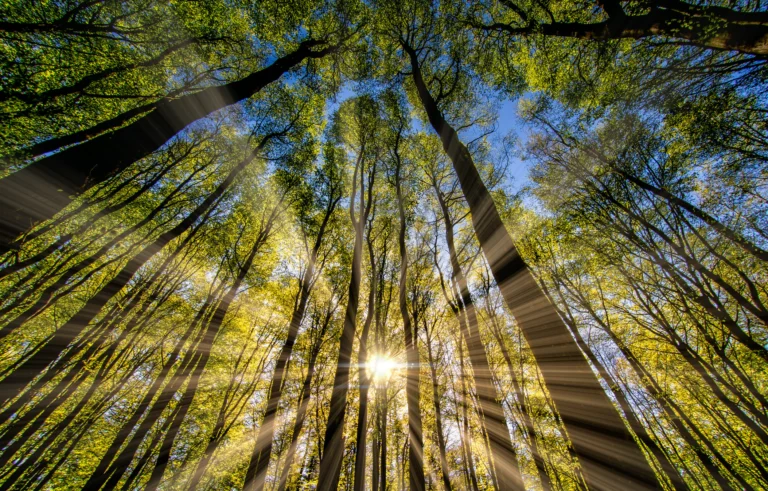Photography is an art that is primarily concerned with capturing moments and telling wonderful stories through images.
To create the perfect image, photographers must have an understanding of various technical terms and techniques, including stopping down.
Stopping down refers to the process of reducing the size of the aperture in a lens, which allows less light to enter the camera. In this blog post, we will take a deep dive into what stopping down means in photography, when you should use it, and the advantages and disadvantages of using a stopped-down lens.
What Happens When a Lens is Stopped Down?
When a lens is stopped down, the aperture is reduced in size, which results in a decrease in the amount of light that enters the camera. This means that the image will be darker, and the depth of field will increase, resulting in more of the image being in sharp focus. Stopping down is an important technique in photography that can be used to achieve several different effects, including greater depth of field, sharper images, and a more even exposure.
One scenario in which stopping down is particularly useful is when shooting landscape photography. If you want to capture a vast landscape and ensure that everything from the foreground to the background is in focus, stopping down can help you achieve this. By stopping down the lens, you can increase the depth of field and ensure everything is in sharp focus, resulting in a crisp, clear image.
However, there are also some disadvantages to using a stopped down lens. When you reduce the aperture size, your camera will need to use a slower shutter speed, which means you will need to use a tripod to avoid blurry images. Additionally, stopping down too much can result in diffraction, which can make your images look less sharp and less detailed. Therefore, it is important to strike a balance between having enough depth of field and maintaining sharp images.
When would you use Stop Down in Photography?
You may opt to use the stop down technique in photography in a variety of scenarios, beyond the aforementioned landscape photography. For instance, it’s advantageous in macro photography where it’s critical to maximize the depth of field due to the proximity of the lens to the subject. Additionally, you might use it in street photography where you want to quickly capture a scene and ensure everything is in focus. In portrait photography, stopping down can help when you want to include some background details for context. However, it’s essential to remember that every situation requires a delicate balance between exposure and sharpness, and understanding how to manipulate your lens aperture will empower you to make optimal decisions for each photographic endeavor.
 Is there Anything else to be aware of with shutdown?
Is there Anything else to be aware of with shutdown?
Yes, it’s important to note that stopping down your lens isn’t always the best solution for creating a sharp image. While it can increase your depth of field, it also reduces the amount of light that enters the camera, which can lead to underexposed images if not properly managed. Additionally, extreme stopping down may introduce an optical effect known as ‘diffraction’, which can soften the detail in images. Therefore, it’s important to understand the relationship between aperture, shutter speed, and ISO and how these interact to affect your final image. Proper use of equipment, including tripods or image stabilization, can also assist in tackling the challenges that arise from stopping down. As with any technique in photography, practice and experience are key to mastering when to use it effectively.
Frequently Asked Questions:
What is the Ideal Aperture for stopping down?
The ideal aperture for stopping down depends on the lens and the lighting conditions. Generally, an aperture of f/8 to f/16 is recommended for most wide-angle lenses.
Can I use Stopping Down with a Zoom Lens?
Yes, you can use stopping down with a zoom lens, but it may be more challenging to maintain sharp focus due to the increased complexity of the lens.
Final Thoughts:
Stopping down is a technique that every photographer should be familiar with to create compelling images. By understanding what it means to stop down a lens when to use it, and the advantages and disadvantages of using a stopped down lens, you can take your photography to the next level.
Remember to strike a balance between having enough depth of field and maintaining sharp images, and you will be well on your way to capturing stunning images that tell a story.




